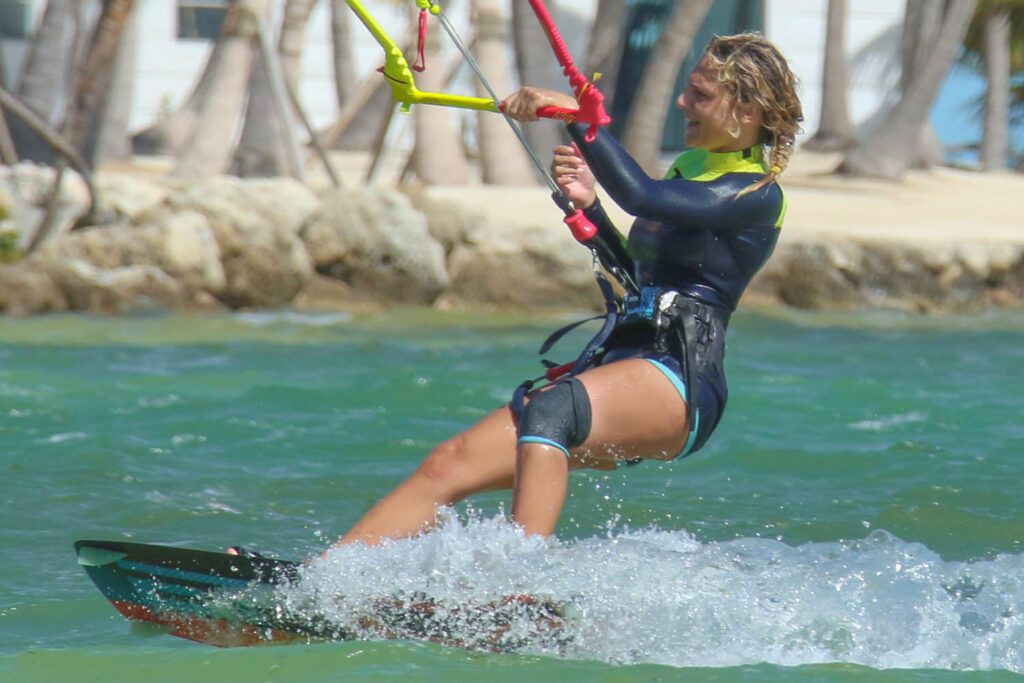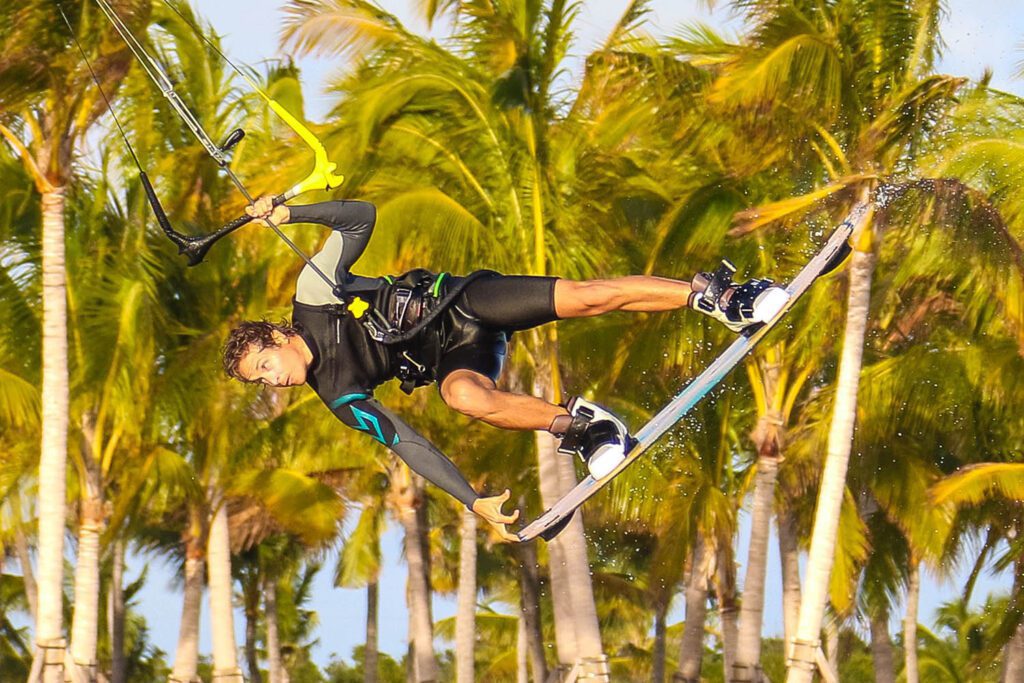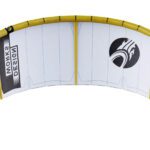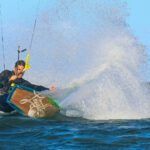
How to Choose the Right Kiteboarding Board
introduction
- In the introduction, you could provide more information about the history of kiteboarding and its popularity. You could also mention some types of kiteboarding, such as freestyle, racing, and wave riding.
- In the section on types of kiteboarding boards, you could provide more detailed descriptions of each type of board. For example, mention the different shapes, sizes, and materials used for every board.
- Please provide more specific measurements in the section on board size and shape. For example, a beginner should choose a board at least 20 feet long and 2 feet wide.
- In the section on construction and materials, you could provide more information about the materials used to make kiteboarding boards. You could also mention the pros and cons of each material.
- In conclusion, you could summarize the key points of your article and provide some final tips for choosing a kiteboarding board.
Here is a revised version of your article:
What to Consider When Buying a Kiteboarding Board
Kiteboarding is a thrilling water sport combining surfing, wakeboarding, and sailing elements. It has recently gained immense popularity, and many types of kiteboarding boards are now available.
When choosing a kiteboarding board, it is essential to consider several factors, including your skill level, riding style, and weight. Here is a more detailed look at some of the factors you should consider:

- Skill level: Beginner kiteboarders should choose a board that is stable and easy to ride. Intermediate and advanced kiteboarders can select a more maneuverable and responsive board.
- Riding style: Freestyle kiteboarders focus on tricks and jumps, while wave riders focus on riding waves. Racing kiteboarders need a board that is fast and efficient.
- Weight: Heavier riders need a larger board to support their weight, while lighter riders can get away with a smaller board.
In addition to these factors, you should also consider the following:
- Board size: The board’s length and width will affect its stability, maneuverability, and speed.
- Board shape: The board’s shape will affect its performance in different water conditions.
- Board construction: The board’s construction materials will affect its durability, weight, and performance.
Once you have considered all of these factors, you can start shopping for a kiteboarding board. It is a good idea to try out different boards before purchasing. You can also talk to other kiteboarders and get their recommendations.
FAQ:
Q: How do I choose the right kiteboarding board for my skill level?
A: Beginner kiteboarders should choose a stable board that is easy to ride. Intermediate and advanced kiteboarders can choose a more maneuverable and responsive board.
Q: What is the difference between twin-tip boards and directional boards?
A: Twin tip boards are symmetrical and allow riders to ride in both directions comfortably. They are versatile and suitable for various riding styles. Directional boards are longer and narrower, specifically for riding waves and carving.
Notes:
- It is important to try out different boards before purchasing to determine your personal preferences.
- Consider safety measures, such as wearing appropriate protective gear and taking lessons from certified instructors, especially if you’re a beginner.
- Remember that kiteboarding boards are often sold separately from kiteboarding kites, so ensure you have both before hitting the water.
- Regular maintenance and care of your kiteboarding board will prolong its lifespan and ensure optimal performance.
Author
Latest entries
 WatersportsSeptember 16, 2024Cabrinha Moto X: Enjoy the Ride
WatersportsSeptember 16, 2024Cabrinha Moto X: Enjoy the Ride WatersportsMay 19, 2024Cabrinha 2024 Moto XL Review: The Ultimate Lightwind Kite
WatersportsMay 19, 2024Cabrinha 2024 Moto XL Review: The Ultimate Lightwind Kite WatersportsDecember 16, 2023Kiteboarding Travel
WatersportsDecember 16, 2023Kiteboarding Travel WatersportsDecember 14, 2023RED BULL KING OF THE AIR 2023
WatersportsDecember 14, 2023RED BULL KING OF THE AIR 2023




